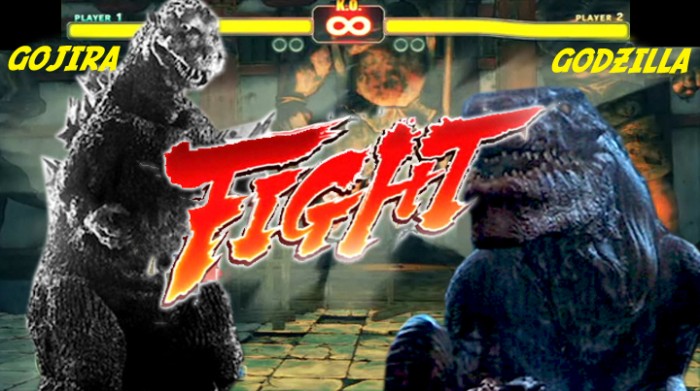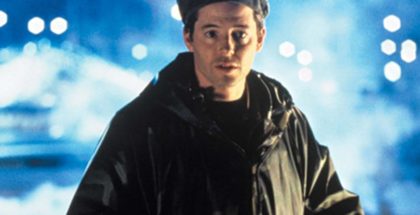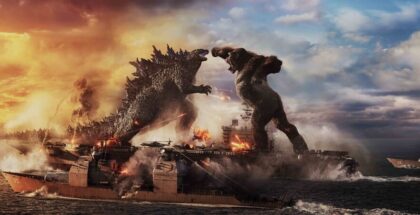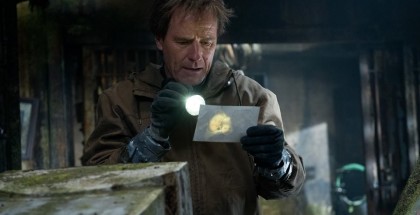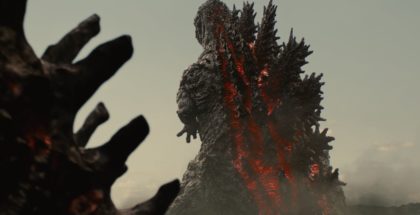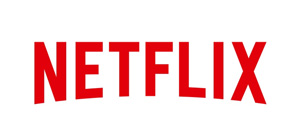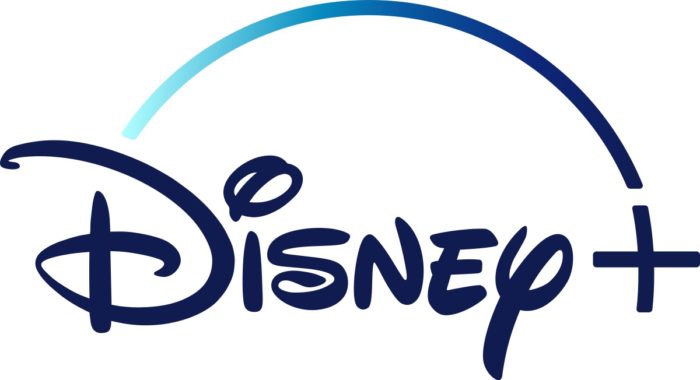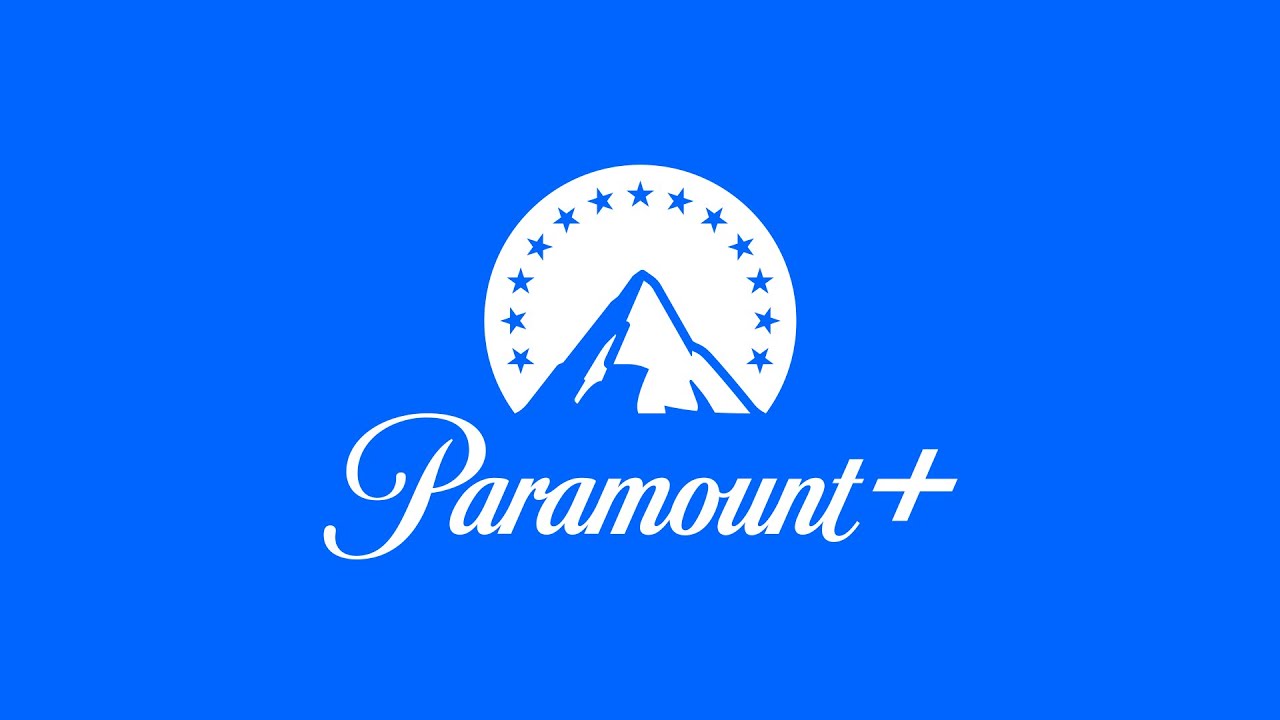Size doesn’t matter: Looking back at Gojira (1954)
David Farnor | On 27, Oct 2014
Ever since Godzilla first waded out of the Pacific Ocean in 1954, the beast has undergone a fascinating transformation from scary symbol of nuclear devastation to camp monster-bashing hero. From deathly serious to loveably entertaining; from Timothy Dalton to Roger Moore.
Roland Emmerich’s 1998 remake is the Moonraker of Godzilla’s Roger Moore oeuvre.
“Size does matter” the film’s tagline declares, proud that its incarnation of Godzilla was 10 metres higher than Ishiro Honda’s original. Both are tadpoles compared to the beast towering over San Francisco in Gareth Edwards’ 2014 version.
Rewind 60 years and the original monster wasn’t just a monster. It was a walking nightmare – with feet the size of a truck. Flattening buildings less than a decade after the atomic bomb did the same, he was a radioactive reminder of the trauma and destruction, both a cathartic release and a pacifist warning.
While Emmerich’s blockbuster tries to laden his Godzilla with the same themes, beginning his opening credits with the French national anthem and a string of nuclear tests on the islands of Polynesia, it’s only 20 minutes until the titan is stomping through the streets of New York. That rush to destroy buildings is trashy fun in terms of sheer scale, but without any substance, the result is CGI chaos and little more.
Why? Because it means nothing. There are hints of a mother trying to raise her children in a foreign city and humans trying to undo the catastrophic consequences of nuclear bombing, but they are buried beneath the exploding rubble and lazy national stereotypes. For the most part, Godzilla is simply a bad guy trashing the place. The nearest it gets to characterisation is that his face looks a bit like Val Kilmer.
It’s telling that in the canon of Gojira, Toho (who own the rights to the franchise) refer to Emmerich’s monster as “Zilla”, rather than the full name. Edwards’ creature, on the other hand, carries a sense of Honda’s nuclear concerns in the wake of the Fukushima disaster, but is also treated with the reverence befitting a powerful force of nature, who is almost ambivalent to humans and their puny buildings – a God to 1998’s other two syllables.
“We need… bigger guns,” says a soldier as Emmerich’s Zilla tears apart another building. The movie is so busy trying to make a nod to Jaws, though, that it forgets the most important thing Spielberg’s movie taught us: less is more. Godzilla may have grown since the 1950s, but what the 1998 remake failed to realise is what Honda and Edwards both understand: it’s not the size that matters. It’s how you use it.
Gojira (1954) is not available on UK VOD.


